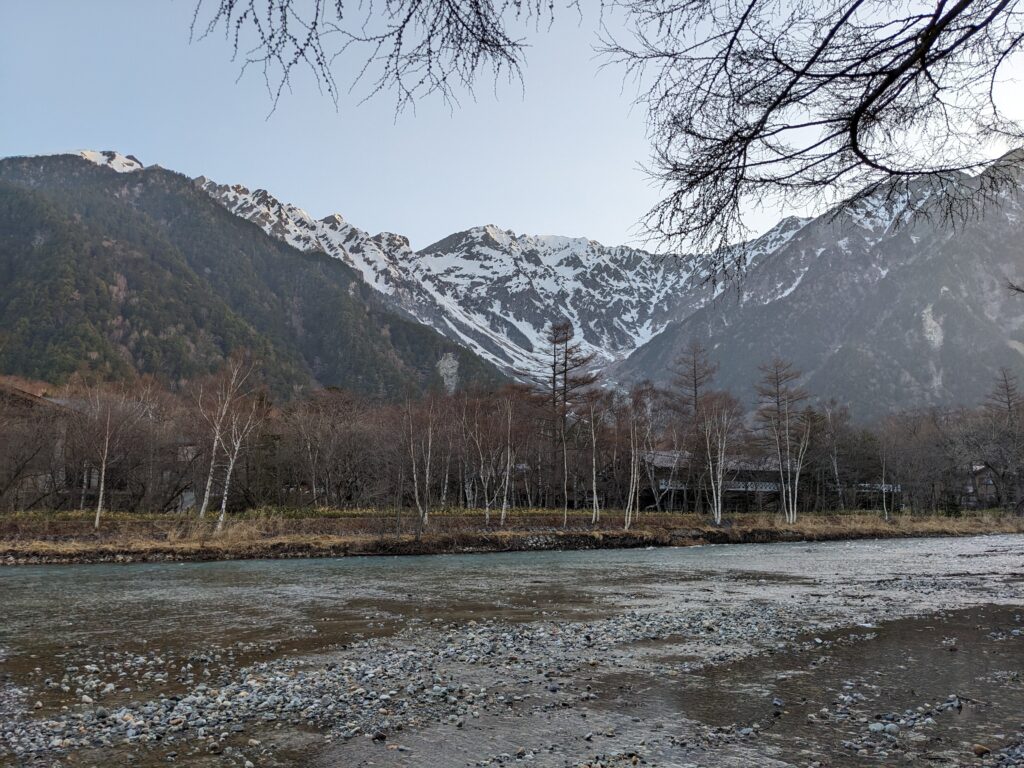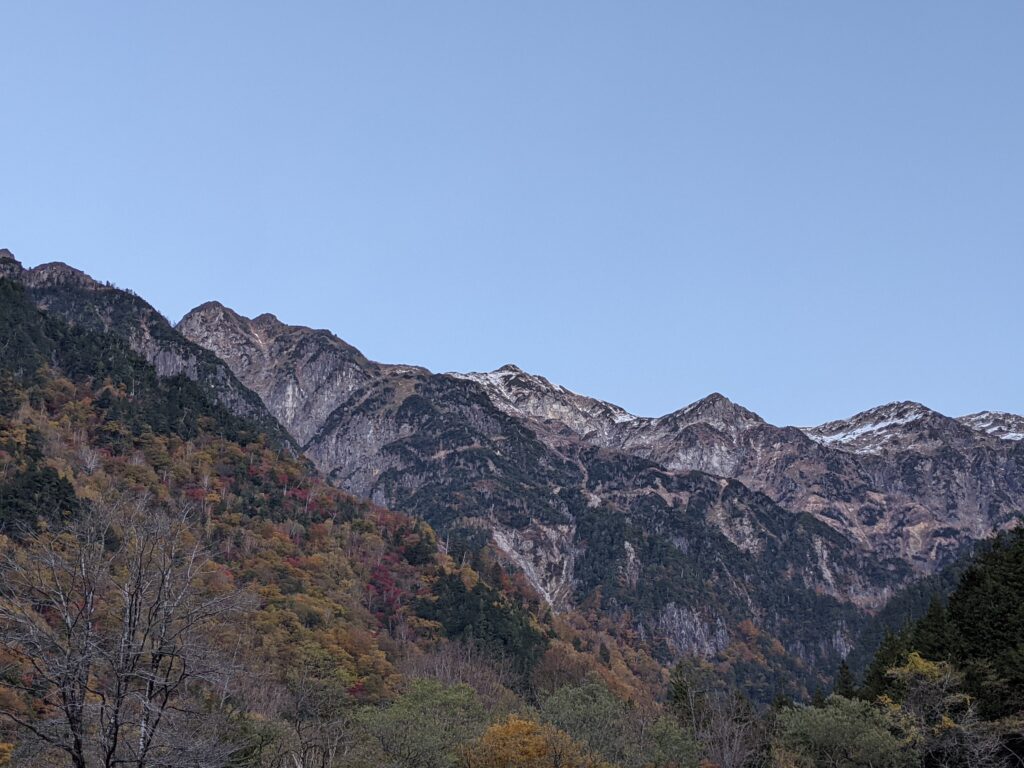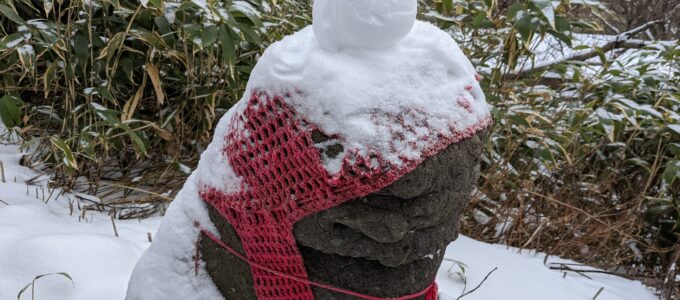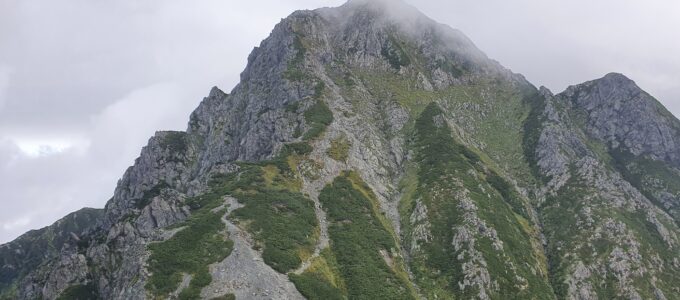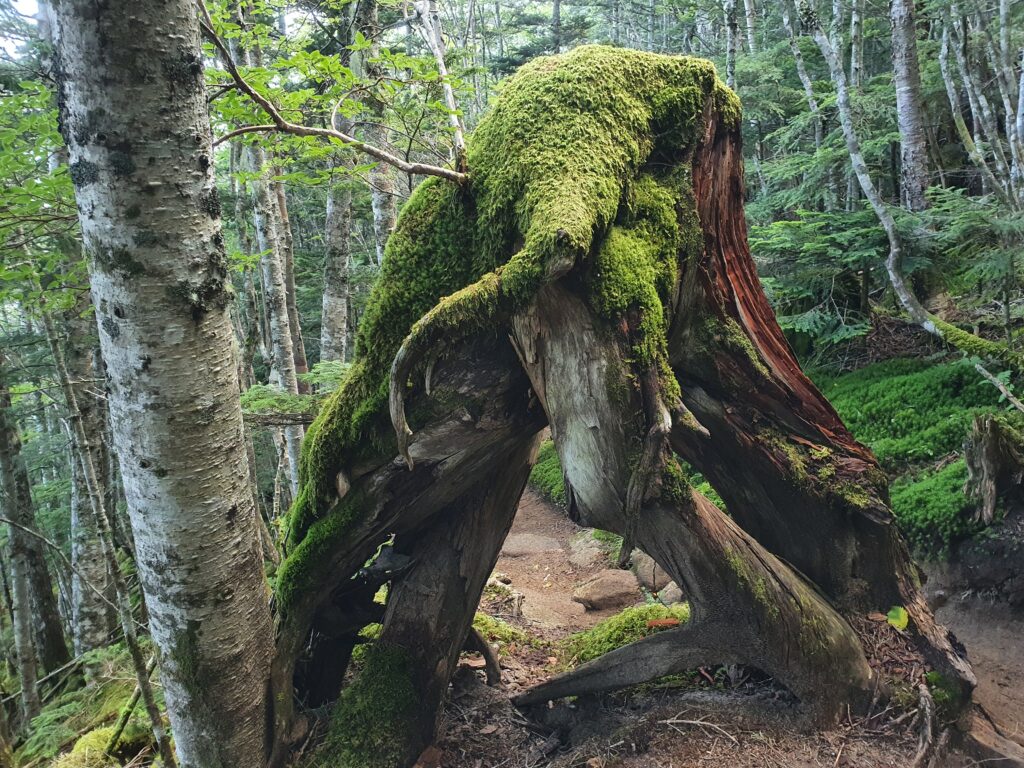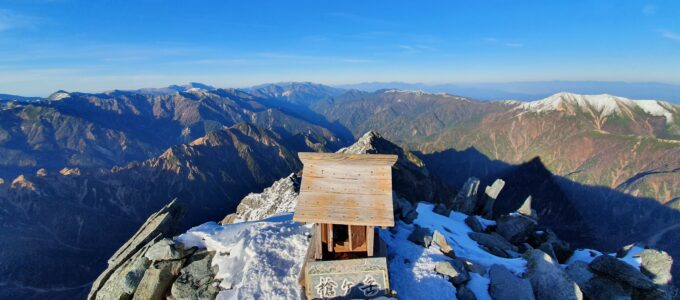Trekking poles
Black Diamond Alpine Carbon Cork. Not as compact as the aluminum Alpine Carbon FLZ, but it feels much lighter and more durable.
Gloves
The new discovery is the Norrona Fjora mesh gloves. I’ve used Norrona gloves before and I wasn’t blown away: those were uncomfortable and fell apart quick. The Fjora mesh gloves on the other hand are ridiculously light and unlike similar offerings from Montbell, these didn’t get shredded on the first rocky scramble. Of course they’re not warm, but unless it’s well below freezing, for me it’s enough.
Backpacks
Since 2020 I’ve been using a Mammut Ducan Spine 28-35 for training both in the gym and on the trail. Its rock solid back support system means that I can load it up with 20+kg and (while it does creak from that much weight) it still carries just fine. However, over the years I wasn’t going easy on it, so it’s now pretty much falling apart.
For lighter hikes I discovered K’s Ultralight and I’ve been using a KS40 for 1-2 day hikes. It lacks any support, so I definitely wouldn’t load it up, but with an Outdoor Vitals closed cell pad folded into its back side, it’s a super light option with plenty of pockets.
For longer hikes I use Hyperlite, a Southwest during the summer and a Prism during the winter.
Shirts
For a good while now I’ve been using Marmot Ascent shirts, both long and short sleeve. They’re extremely hard to find (I get the impression that the long sleeve version isn’t made anymore at all), but they’re super light, they dry in a flash and they don’t get smelly even after 3-4 days of Japanese summer heat. They perform way better than the Montbell shirts I used before—though I still use Montbell short-sleeved shirts in the gym. The Marmots feel so delicate I’d really rather not wash them every other day.

